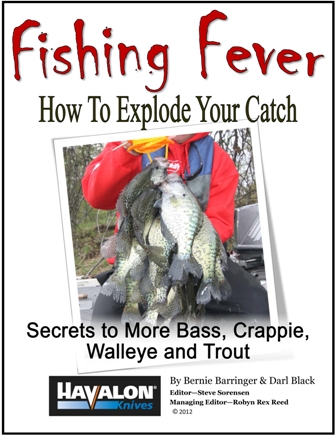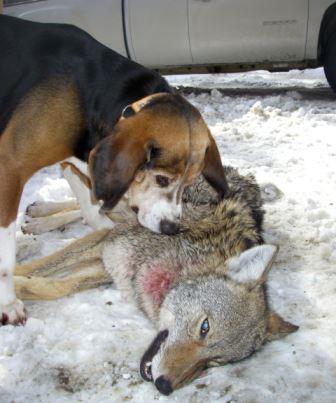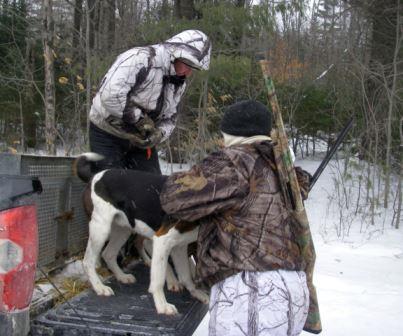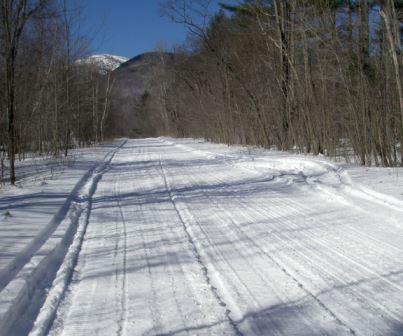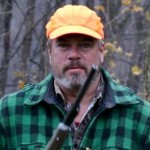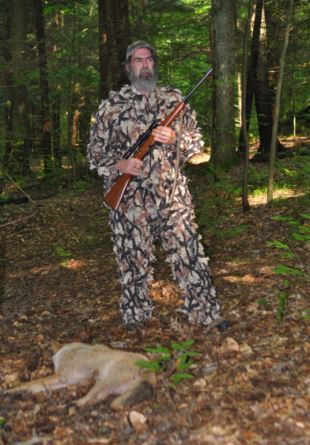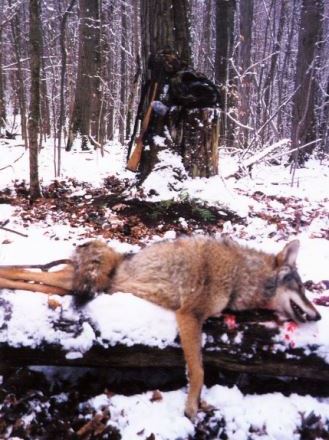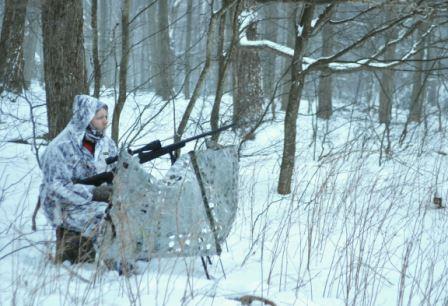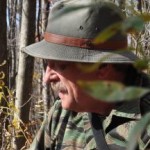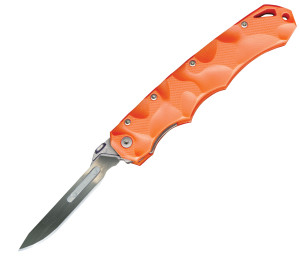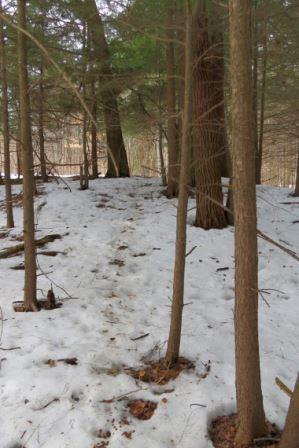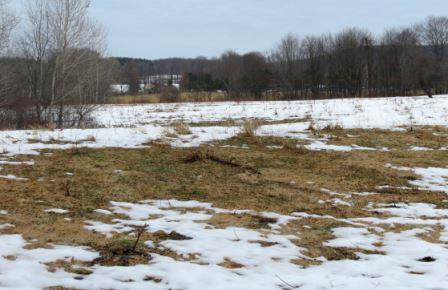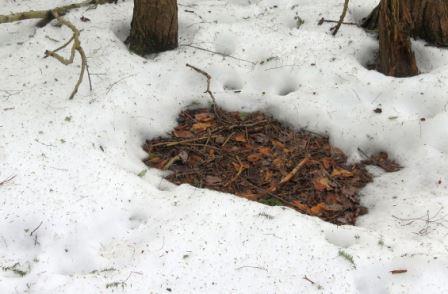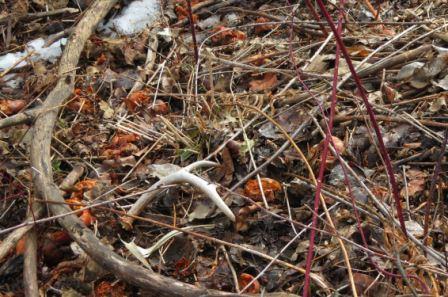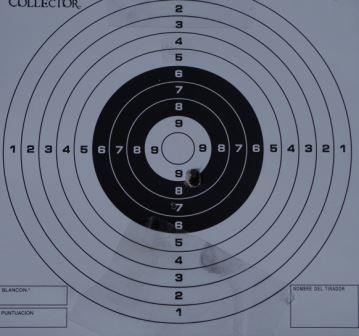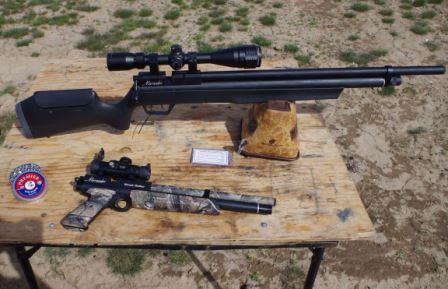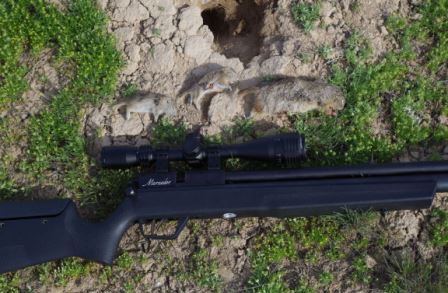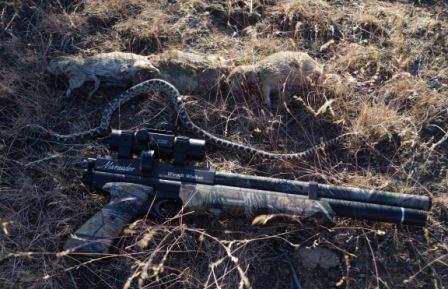By Keith “Catfish” Sutton
Follow cats of all kinds and catch them
with these techniques!
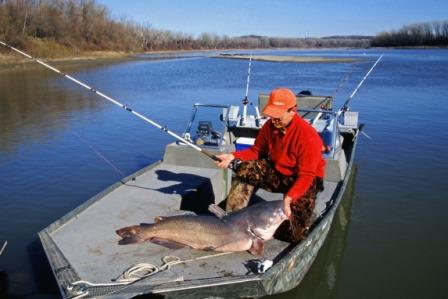
Drift-fishing shad or herring baits over bottom channels in big reservoirs is a top-notch method for catching big blue cats like this in cool water. (Photo: Keith Sutton)
Like the weather, catfish-catching tactics change with the seasons. Expert whiskerfish anglers all follow their favorite spring, summer, fall and winter routines, which vary depending on where and how they fish. But a common thread runs through their approaches that usually involve answering two questions:
Where are the catfish?
What baits will catch them?
Armed with the right answers to these questions, you can expect to find and hook a beefy cat. Without these answers, luck alone determines the outcome.
To help you answer those questions, here are three cool-season patterns that catfish follow. Know them and you’ll catch cats!
Bottom Channels for Reservoir Blue Cats
When water is cool in early spring and fall, blue cats in big reservoirs are nomadic, following schools of baitfish such as shad and herring. Fortunately for the cat fan, they often follow bottom creek and river channels when actively feeding, and drift-fishing provides an ideal means for finding and catching them.
Use a Float Rig
A float rig is ideal for drifting reservoirs. Run the main line through the eye of a 1 1/2-ounce pencil weight, and tie a barrel swivel below it to keep the weight from sliding down. Then tie a 4-foot leader to the lower eye of the swivel. Add a 2 1/2-inch crappie float in the middle of the leader. Tie a 6/0 wide-gap (Kahle) hook at the end.
The Technique
The float suspends the baited hook above the bottom to prevent snags. By sliding the float up or down the leader, you can adjust the depth at which the bait floats. The best baits are the ones the cats are following, shad and herring. Try a 4-to-5-inch whole baitfish or chunks of prepared cut-bait.
Where permitted, keep several rigs out on several poles, and watch a fish-finder as you drift with the wind or move with a trolling motor, guiding your boat along channels where blue cats are likely to be. Some days you’ll catch most fish on channel edges in shallower water. Other days most cats are deep within channels. Sometimes you’ll catch them shallow and deep. Drifting nabs them all.
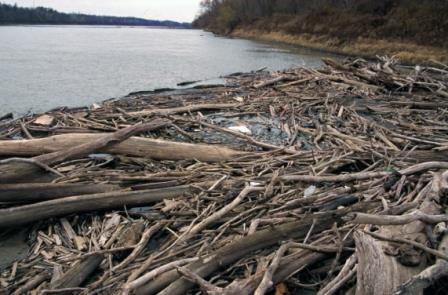
Big-river log rafts often harbor huge flathead catfish, especially during high-water periods in spring. (Photo: Keith Sutton)
Log Rafts for Big-River Flatheads
Flatheads love dense woody cover. In rivers, this often comes in the form of log rafts — big platforms of floating logs and debris that form in backwaters during high-water periods, usually in spring. Rafts attract baitfish, and the baitfish attract flatheads. Various types of carp — common carp, bigheads, silver carp and others — are also common in big rivers. Log rafts attract them all.
Present Live Bait
When carp can be obtained alive (often from a commercial fisherman or caught on hook and line), 6-to-12-inch fish are great baits for giant log-raft flatheads. They’re hardy on the hook and survive better than other baitfish under the maelstrom of debris.
If carp aren’t available, goldfish may be. Bait dealers often carry them, and in waters where it’s legal to use them, goldfish are popular flathead enticements well-suited for fishing log rafts.
The Technique
To fish a log raft, anchor to one side, or find a fishing spot on the bank with access to the outer edges of the logs. Present your baitfish on an egg-sinker rig — an egg sinker on your main line above a barrel swivel, with a 3-foot hook leader tied below. Don’t use an overly large sinker. An ounce or two is usually enough because you want the current to carry your rig under the raft’s edge. After casting, hold your rod tip high and strip line manually, guiding your rig beneath the logs.
If a bite hasn’t come before you snag some driftwood, move your rig and try again. If flatheads are present, they usually bite fast. Be prepared!
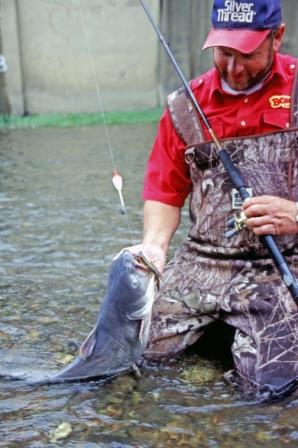
A float rig works great for catching nice mountain-stream channel cats. Native baits such as crayfish and creek chubs are top enticement for these cool-water fish. (Photo: Keith Sutton)
Rocky Pools for Small-Stream Channel Cats
Channel cats to five pounds are abundant in many clear, cool upland rivers, the same water where you might catch smallmouth bass. During spring and fall, these cats often hold in the upstream ends of rocky pools just below shallow riffles. Swift current in this part of a pool brings food such as crayfish, hellgrammites and baitfish into the hole.
Catfish wait behind rocks, logs and other current-breaking objects, ambushing anything edible drifting by.
Drift a Bobber
You can fish these holes from a canoe, from shore or by wade fishing. A bobber/drift presentation works well. Rig a large slip float and split shot on your line so your bait (if possible, one of the native forage animals) hangs just above the bottom. Then cast upstream and drift the rig past cover in the pool’s upper end. If you use a long rod, practice will enable you to steer your rig past holding areas without hang-ups.
The Technique
Each drift should carry your enticement past a different catfish hideout. And on good days when the water is cool, almost every drift can bring a bite from another nice cat for the frying pan.
When the water is cool, if you follow likely catfish patterns these strategies are almost certain to earn you a catfish dinner.
About Keith Sutton:
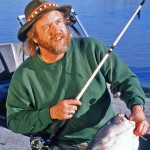 Keith “Catfish” Sutton is the author of “Pro Tactics Catfish,” a 164-page, full-color book full of tips that can help anglers catch more blues, flatheads and channel cats. To order an autographed copy, send a check or money order for $24.45 to C&C Outdoor Productions, 15601 Mountain Dr., Alexander, AR 72002. For credit card and PayPal orders, visit www.catfishsutton.com.
Keith “Catfish” Sutton is the author of “Pro Tactics Catfish,” a 164-page, full-color book full of tips that can help anglers catch more blues, flatheads and channel cats. To order an autographed copy, send a check or money order for $24.45 to C&C Outdoor Productions, 15601 Mountain Dr., Alexander, AR 72002. For credit card and PayPal orders, visit www.catfishsutton.com.
Do you have fishing fever?
If so, download your FREE copy
of our eBook here!
3,425 total views, no views today


